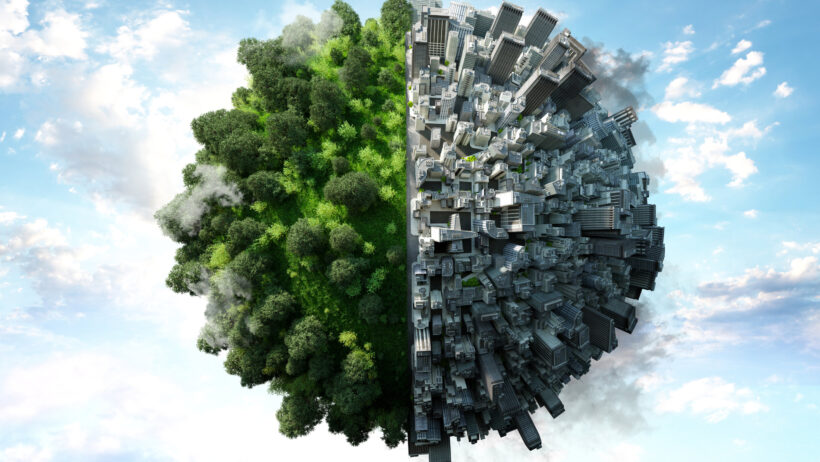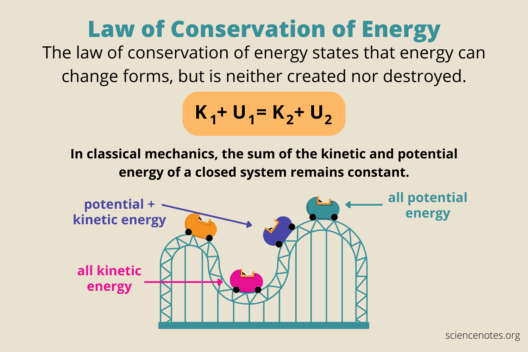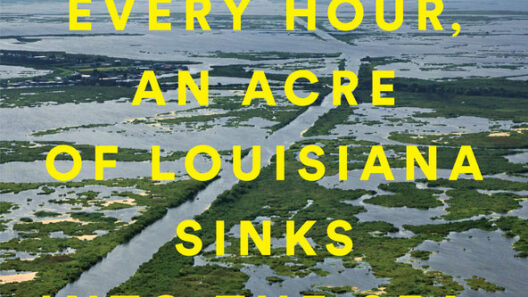Life on Earth is an intricate tapestry, woven from countless organisms interacting harmoniously within their ecosystems. However, as the specter of global warming looms larger, this delicate balance teeters perilously close to collapse. What would happen if the very fabric of life unraveled before our eyes? This provocative question encapsulates a challenge that transcends mere abstraction: the undeniable reality of climate change and its far-reaching implications for living organisms across the globe.
The phenomenon of global warming is primarily driven by the accumulation of greenhouse gases in the atmosphere. The ongoing combustion of fossil fuels, deforestation, and industrial activities have all contributed to an unprecedented rise in carbon dioxide levels. This grim escalation traps heat within the Earth’s atmosphere, leading to climatic aberrations that ripple throughout the biosphere. So, how does this affect the lives of the myriad organisms that share our planet?
As temperatures rise, one of the most immediate and alarming effects is the alteration of natural habitats. Many species have finely tuned their physiological requirements to specific environmental conditions, which means even minor deviations in temperature or precipitation can have catastrophic consequences. For example, coral reefs, often referred to as the rainforests of the sea, are extraordinarily sensitive to temperature fluctuations. Oceanic warming leads to coral bleaching, a phenomenon where coral expels the symbiotic algae living in its tissues, resulting in vast, lifeless underwater landscapes. The intricate relationships between coral and myriad marine species illustrate that the consequences of warming extend beyond a singular entity; they reverberate through entire ecosystems.
Moreover, as the climate continues to warm, species are compelled to migrate in search of more hospitable environments. However, not all organisms possess the ability to adapt, and those that cannot move face extinction. The challenge becomes particularly intense for specialized species, which have adapted to specific locales over millennia. For instance, polar bears are now venturing further inland as melting ice caps diminish their hunting grounds. This not only threatens their survival but also disrupts the food web, as they become increasingly reliant on alternative prey, leading to unforeseen consequences for other species.
Furthermore, global warming exacerbates the threat of invasive species. As temperatures rise, formerly uninhabitable regions become welcoming to non-native species that establish footholds and outcompete indigenous flora and fauna. For example, the expansion of the bark beetle population into higher elevations in North America, due in part to warming winters, has resulted in widespread forest devastation. These invasive species can overrun ecosystems, leading to a decline in biodiversity and upset of local food chains. Thus, the emergence of these organisms presents a direct challenge to the survival of countless native species.
In addition to terrestrial impacts, global warming has profound consequences for aquatic ecosystems. Warmer waters lead to a decline in dissolved oxygen levels, which is detrimental to fish and other marine organisms. The alteration of oceanic currents, as a result of melting polar ice caps, can also disrupt migration patterns of fish and marine mammals that rely on specific temperatures to thrive. These changes create a ripple effect, influencing not only marine life but also the livelihoods of communities that depend on fishing as a primary source of sustenance.
The relationship between global warming and plant life is equally profound. Many plant species are responding to rising temperatures by flowering earlier in the season, disrupting previously stable co-evolutionary timelines with their pollinators. This temporal mismatch could lead to declines in plant reproduction rates and significantly alter ecosystems. Some plants may be able to adapt to shifting climatic patterns, but many lack the resilience to cope with the rapid pace of change.
Perhaps the most insidious aspect of global warming is its potential to exacerbate existing inequalities. Vulnerable populations, particularly in developing nations, find themselves disproportionately affected by the environmental changes caused by industrialized nations. These communities often rely directly on natural resources for their livelihoods, making them acutely sensitive to the encroaching effects of climate change. They face challenges such as increased flooding, droughts, and widespread food insecurity, effectively placing their very existence in jeopardy.
As individuals and communities striving for a sustainable future, it is imperative to engage in fervent discussions about the gravity of global warming. The challenge lies not only in understanding the implications for the environment but also in recognizing our interconnectedness within it. It is easy to feel disenfranchised in the face of such monumental issues, but the question remains: What can each of us do to mitigate these harmful truths? Collective action—whether through advocacy, conservation efforts, or altering consumption patterns—presents a pathway to preserving the delicate equilibrium we depend on.
The illustration of life in the balance serves as a stark reminder of the stakes involved in the escalating climate crisis. In echoing the sentiment expressed by the marine biologist Sylvia Earle: “No water, no life. No blue, no green.” As we navigate this multifaceted challenge, we must acknowledge the interdependence of all life forms and advocate for conscious stewardship of our planet. The survival of countless species, including our own, hangs in the balance, underscoring the urgent need for meaningful action to counter the harmful realities of global warming.
In summation, life on Earth faces a monumental challenge in the wake of global warming. The ramifications extend far beyond temperature changes; they penetrate the very essence of interconnectedness within ecosystems. Each organism plays a vital role in maintaining the delicate balance of life. It is a call to action for us all—one that invites us to participate actively in strategies aimed at mitigating climate change and preserving the myriad forms of life that enrich our planet.







